A new colour-changing cloth combines cooling and heating without the need for an external energy supply. This adaptive material has already found different functional formats, such as fabrics for smart-clothing and tents, offering efficient temperature regulations in extreme conditions. Moreover, the manufacturing process seems scalable and, most importantly, adaptable to other materials, such as wood, metals and paper, meaning it could find many uses.

The secret is a sprayable solution with dispersed thermochromic microcapsules. To manufacture the microcapsules, researchers mixed crystal violet lactone – the dye famous for ‘carbonless’ copy papers, with bisphenol A (BPA) and tetradecanol, which were then wrapped in a protective polymeric pellicle. At low temperatures the lactone reacts with BPA, turning into a black conjugated complex ready to absorb sunlight, explains Kaixuan Zhu, a researcher at Tsinghua University, China, and first author of the paper. However, this effect is reversed at higher temperatures. ‘The violet lactone gains electrons and turns into a ring-closed form, presenting a white colour that reflects sunlight,’ he adds. The novelty here is a single material that provides two types of temperature management – cooling and heating, and ‘achieves automatic switching according to ambient temperatures, without needing an external power supply’.

The team tested the textiles in two different formats – a jacket and a tent. ‘We placed temperature and humidity sensors inside the samples for 48 hours,’ explains Zhu. During the cooling course, the researchers observed temperature reductions of 5.5ºC inside the jacket and 8.5ºC in the tent. ‘With solar heating, we increased temperatures by 6.2ºC and 6.7ºC, respectively,’ he adds. Overall, the garments maintain a comfortable range between 19ºC and 26ºC for outside temperatures lower than 15ºC and up to 33ºC. In terms of scale, ‘we have achieved the production of smart fabrics that measure 0.8 by 10 metres,’ says Zhu.
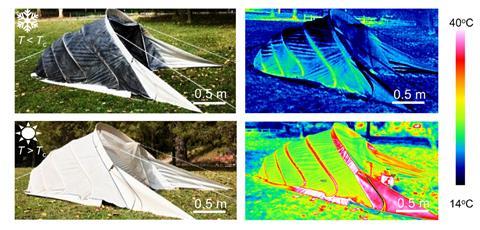
‘The breakthrough involves achieving … solar heating and radiative cooling without additional energy consumption,’ says Shery Huang, an expert in nanotechnology and new materials at the University of Cambridge, UK. This cooling combines the reflection of sunlight and the emission of heat as infrared radiation, both enhanced by the addition of barium sulfate to the sprayable solution. ‘The colours change the optical properties of the textile, which in [turn] achieves cooling or heating of the enclosed environment.’
Vanessa Sanchez, a fashion designer and smart materials researcher at Rice University in the US, appreciates the ‘enhanced performance’ of the fabric, alongside the ‘durability studies against environmental conditions, wear and care’, which ensure sustainability in the long run. Part of the secret for resistance lies in wrapping the microcapsules in reduced graphene oxide, which reportedly protects them from UV degradation, she explains. ‘Additionally, [researchers] show large-scale demonstrations,’ she says. ‘It’s quite exciting!’ The team also tested the solutions on a series of surfaces, such as paper, wood, and steel, all ‘promising for scalability, because these spraying processes are widely used’, adds Sanchez.
Both Sanchez and Huang believe commercial applications could come soon, provided the particles are proven safe for humans and the environment. ‘[Researchers] need to assess the safety and environmental impact before broader implementation,’ says Sanchez. Moreover, Zhu recognises the restrictions that other substrates and surfaces could create. ‘Although we could apply our solutions in roofs, refrigerated warehouses and temperature sensors, performance may fluctuate due to the particular properties of the different materials,’ he says.
References
K Zhu et al, Sci. Adv., 2024, 10, eadr2062, DOI: 10.1126/sciadv.adr2062

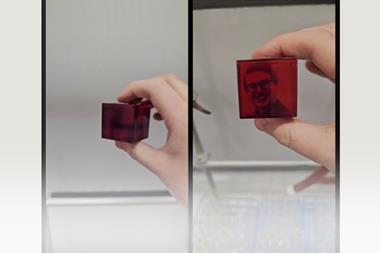
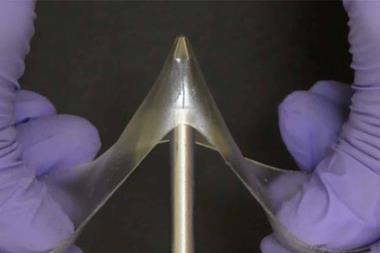










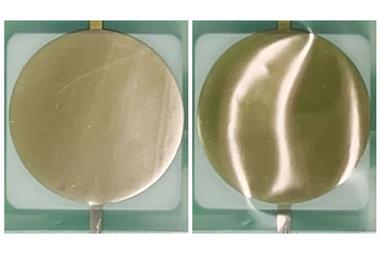

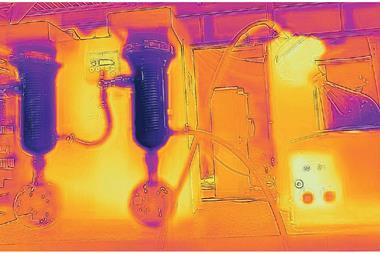








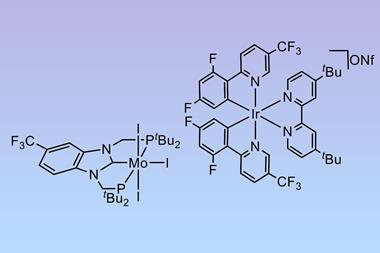



No comments yet